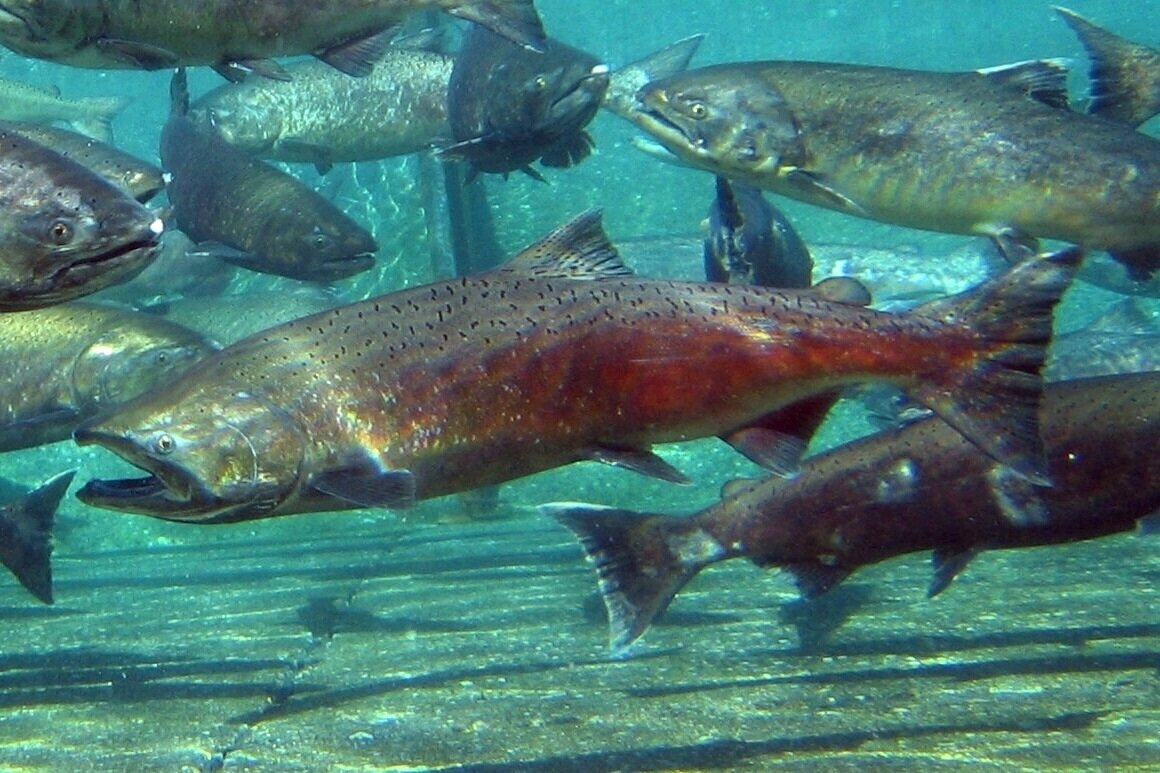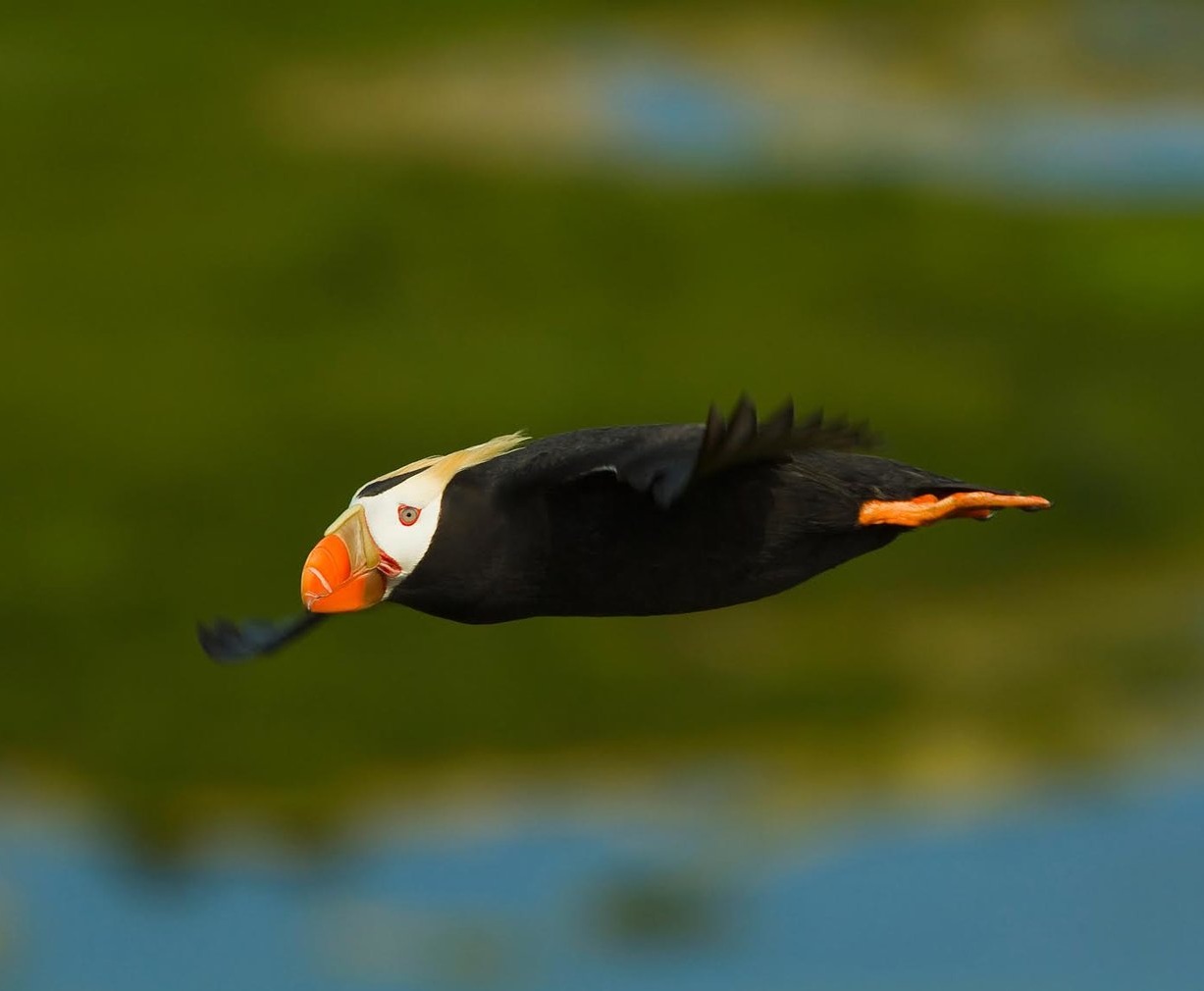Tufted Puffin winter habitat mapping
Led by Joe Gaydos, The SeaDoc Society
Collaborators include the University of Puget Sound, Washington Department of Fish and Wildlife, and the San Diego Zoo
Tufted Puffin populations have declined 77 percent in Washington State over the last century. As a result, the puffin was recently listed as Endangered by Washington State. Their decline is poorly understood, but one concern is that they could be suffering high mortality when they go out to the open ocean during the winter. Unfortunately, we have no idea where they spend the winter, making it difficult to determine if they could be getting caught in squid gillnets or suffer other mortality factors.
We are placing small solar-powered satellite transmitters on tufted puffins to track where they go at the end of the breeding season. This will give us data on winter movement, distribution and habitat use. This information will be crucial for recovery, as it will give insights into how potential at-sea factors such as changing oceanic and climatic conditions, changes in prey availability, and acute chemical contamination may interact with wintering puffin populations.
















